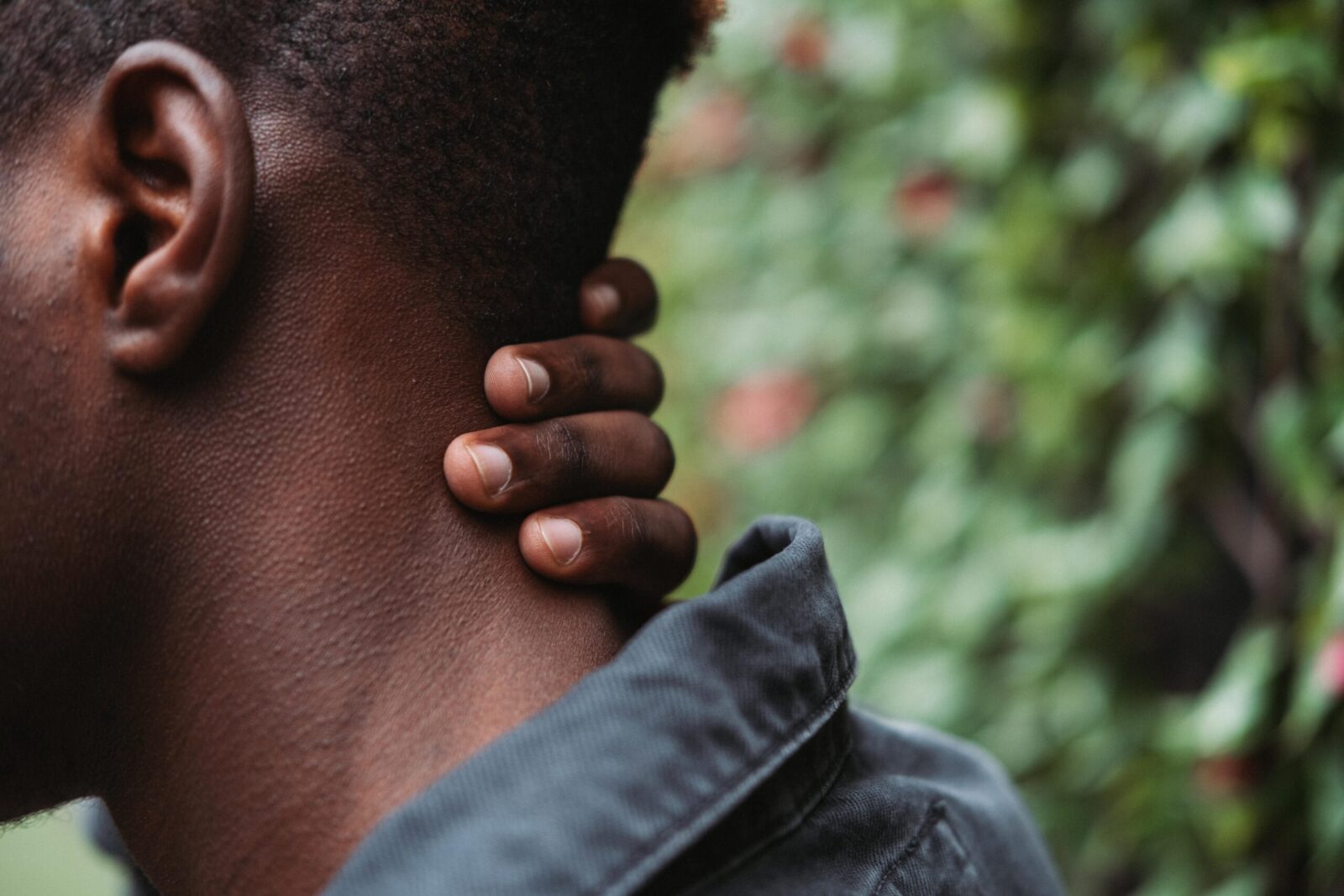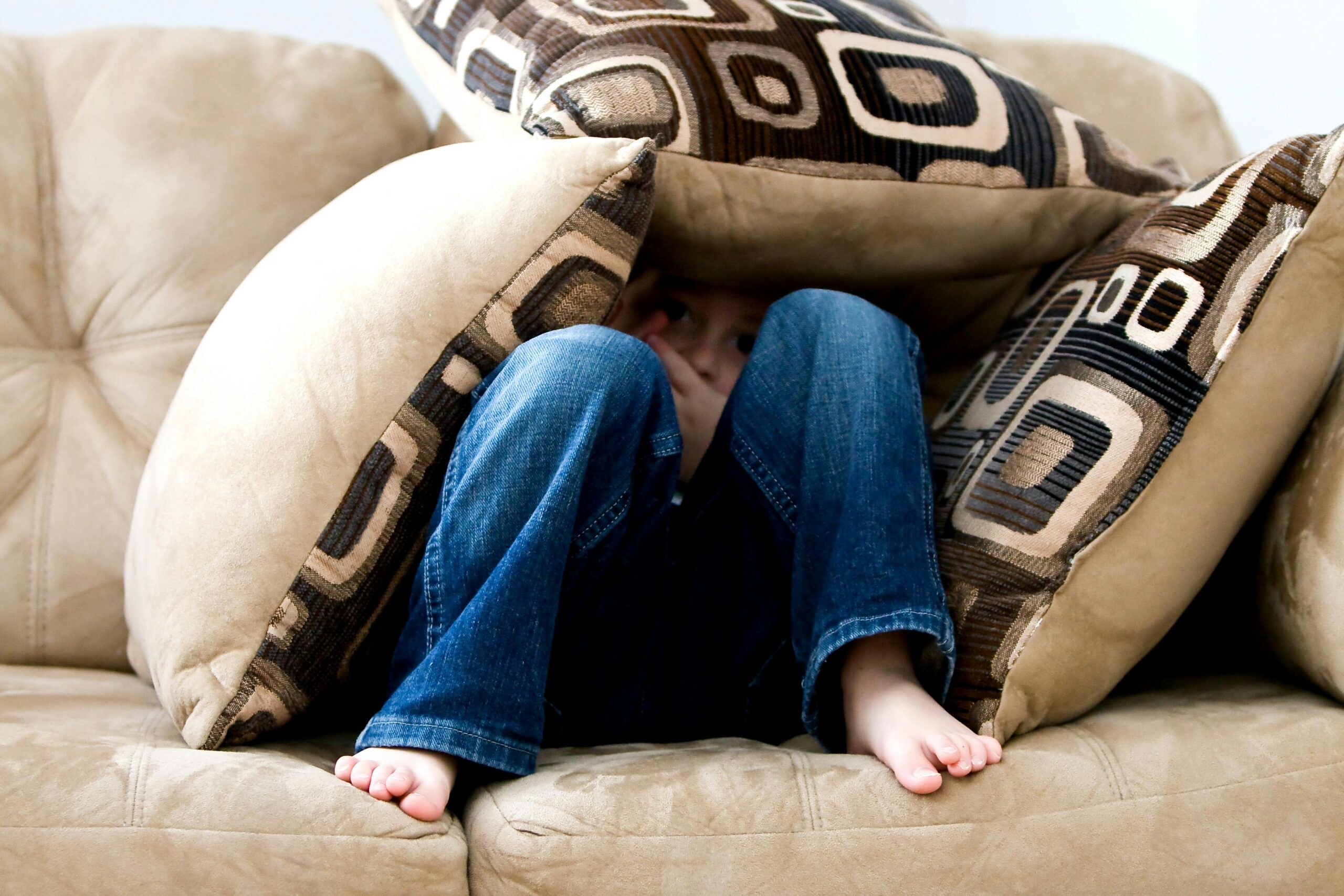
How to get rid of a crick in your neck and what is a crick in the neck?
How do you get rid of a crick in your neck, and what is a crick in the neck?
What is a crick in the neck?
Crick in the neck is described as a number of cervical and thoracic spine problems, as well as injuries or conditions around the neck and upper back. A crick in the neck usually heals within a few hours to a day or two. In cases of injury or muscle pain, stiffness can delay recovery. The cause of a crick in the neck is often lifestyle factors, so it may return.
Relieving Discomfort Naturally
A serious annoyance that can interfere with everyday activities and general wellbeing is neck pain. Whether it’s due to poor posture, muscle strain, or stress, finding relief is essential. In this article, we’ll explore effective home remedies to alleviate neck pain naturally.
1. Apply Heat or Ice
Ice: Apply ice to the painful area for the first 48 to 72 hours. It helps reduce inflammation and swelling by lowering blood flow to the affected area.
Heat: After using ice, switch to heat. Heat stimulates blood flow and can soothe strained or torn muscles. You can apply heating pads, hot compresses, or warm showers.
2. Over-the-Counter Pain Relievers
Consider taking over-the-counter pain relievers like ibuprofen (Advil) or acetaminophen (Tylenol) to alleviate muscle pain and tension in the neck.
3. Stretching and Light Exercises
Gentle neck stretches and light exercises can help relieve muscle tension. Incorporate yoga or other neck-specific stretches into your routine.
4. Proper Posture
Check your posture, especially if you spend long hours sitting at a desk or using electronic devices. Maintaining good posture can prevent strain on your neck muscles.
5. Supportive Pillow
Use a low, firm pillow at night instead of too many pillows. Proper neck support during sleep is essential for preventing discomfort.
When to Seek Medical Attention
While these home remedies can provide temporary relief, remember that persistent or severe neck pain should be evaluated by a doctor. Seek medical attention if you experience:
- chronic discomfort that does not go away after a few days.
- Severe, sudden, or debilitating pain.
- Numbness, weakness, or difficulty swallowing or breathing.
- Trauma or injury.
- Chronic ailments such as degenerative disc disease and arthritis.
Conclusion
Taking care of your neck is crucial for overall health. Incorporate these home remedies into your routine, but always consult a healthcare professional for personalized advice. Remember, a healthy neck leads to a happier you!
Disclaimer: This article is for informational purposes only. Always consult a healthcare provider for personalized advice and evaluation.




